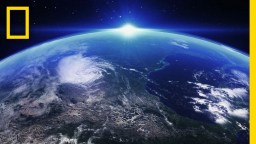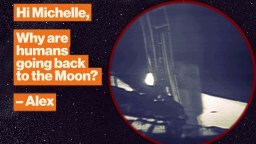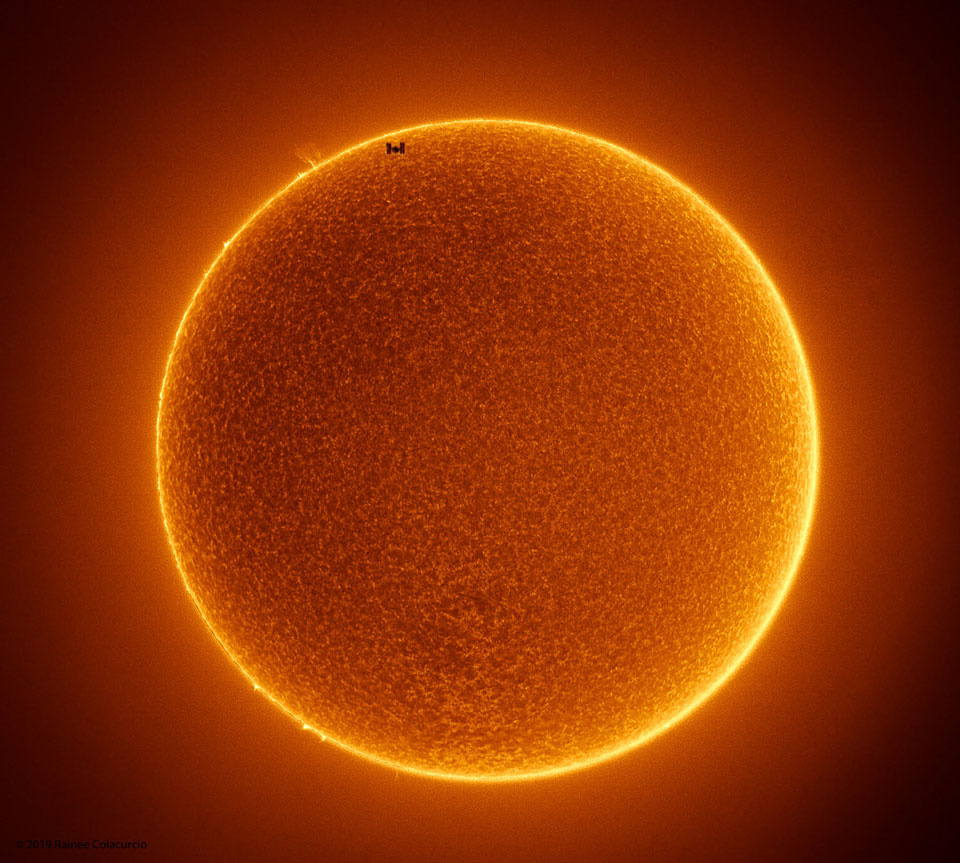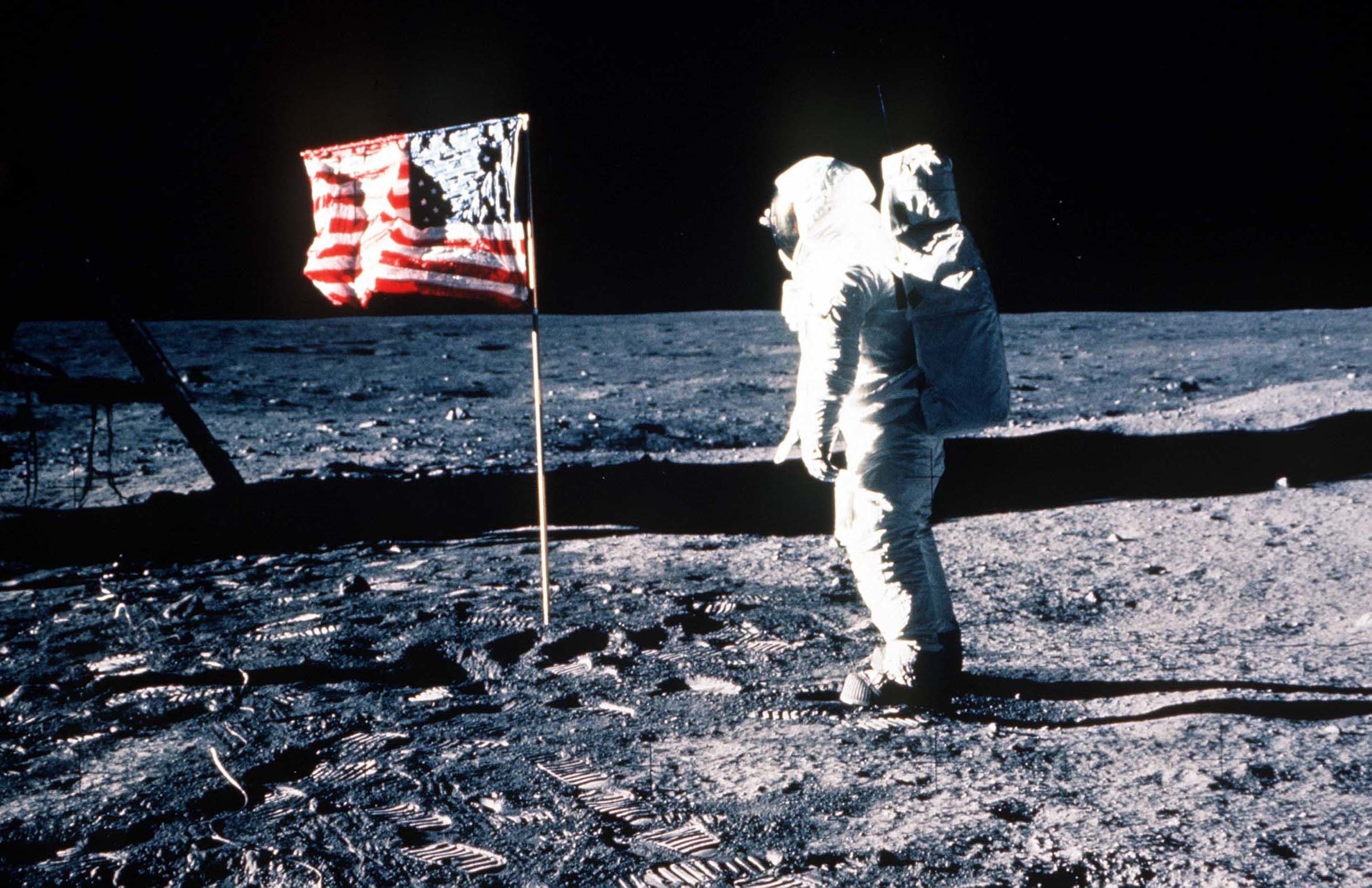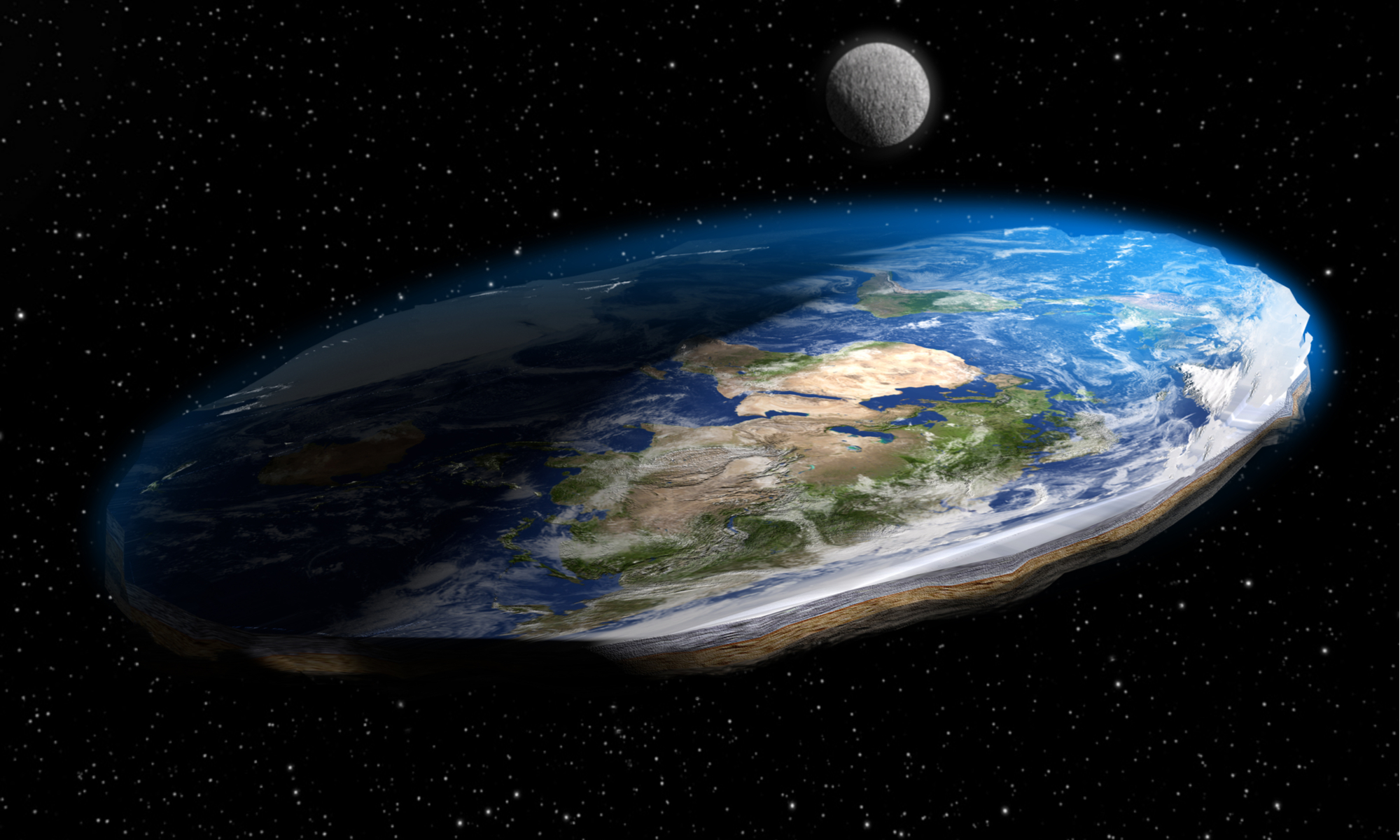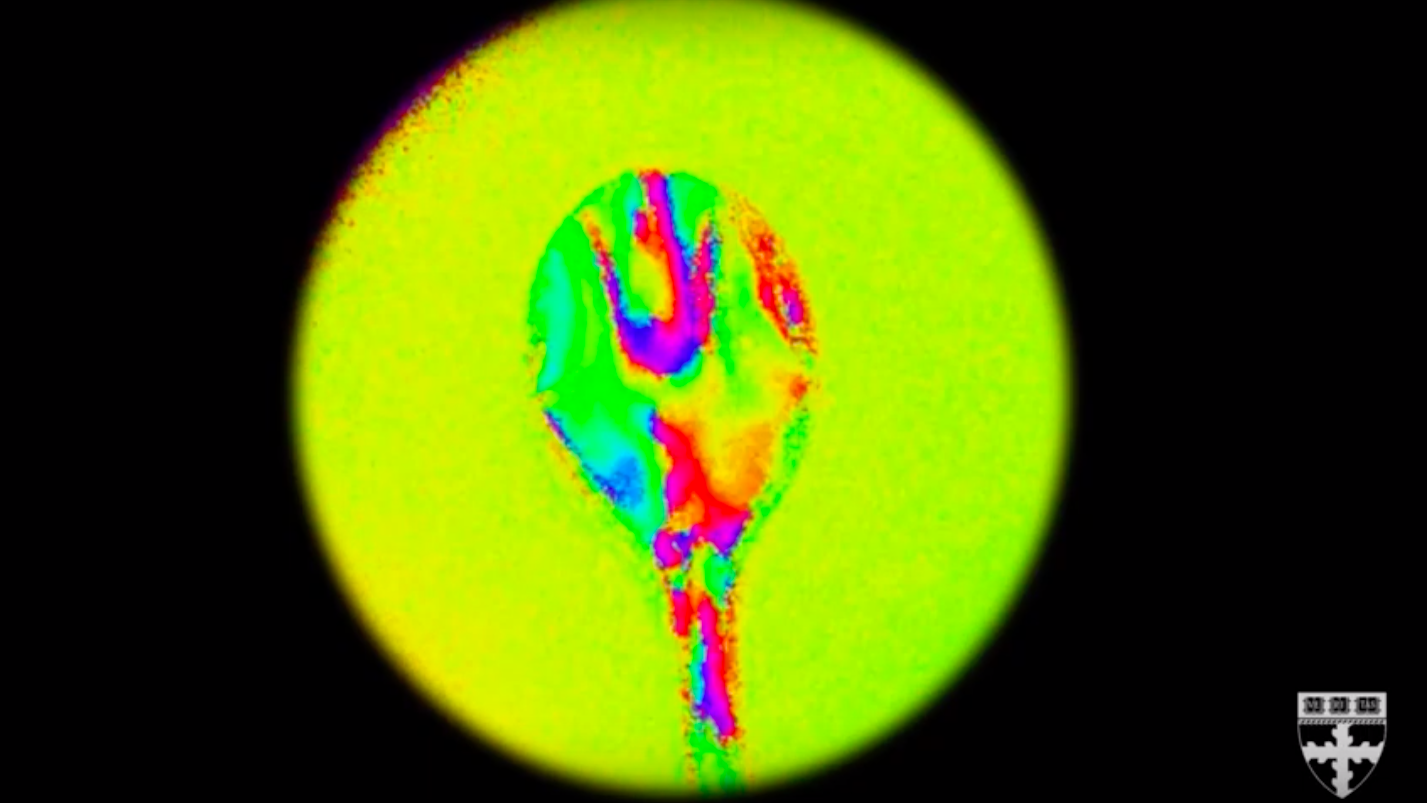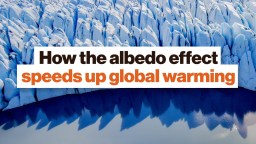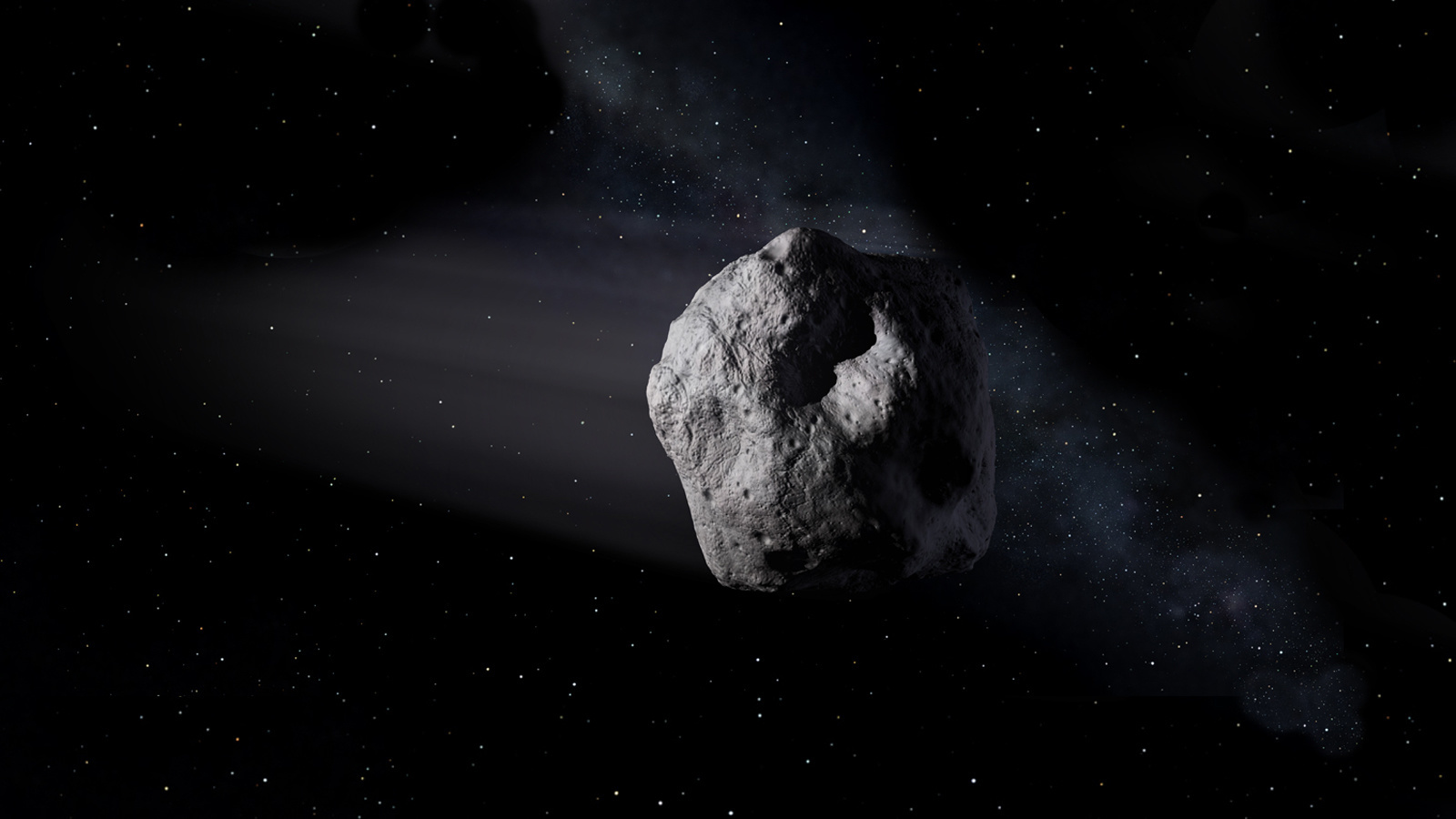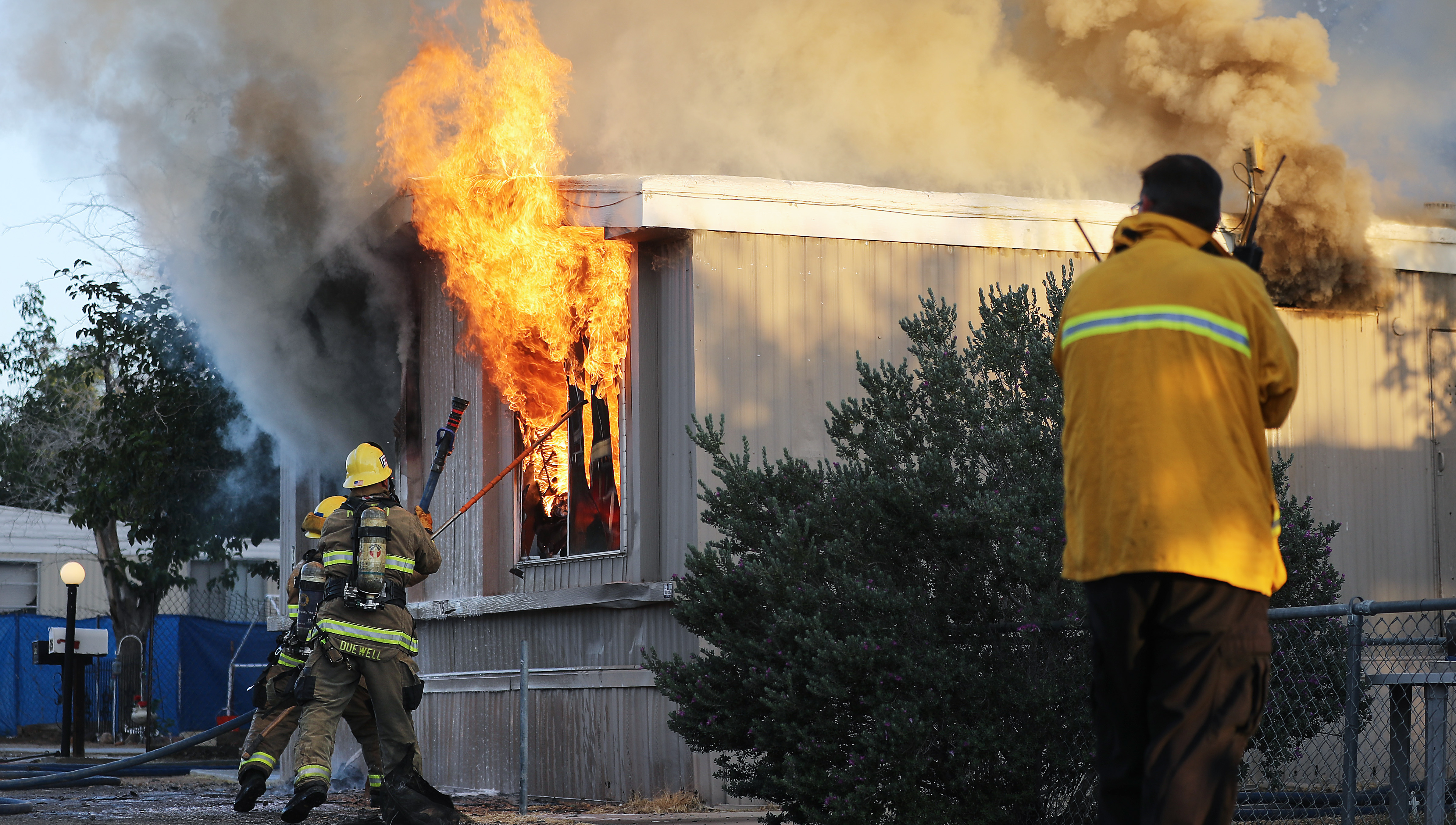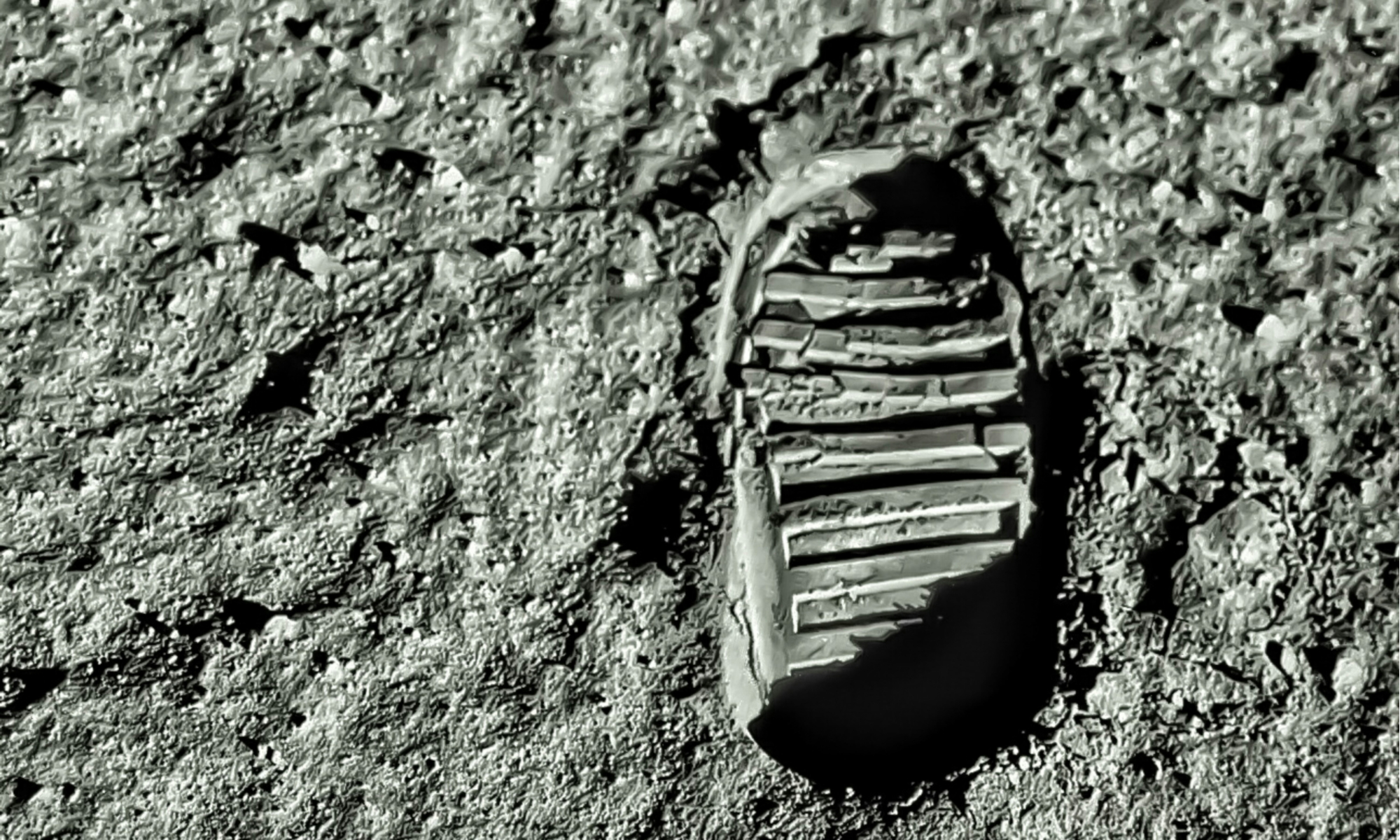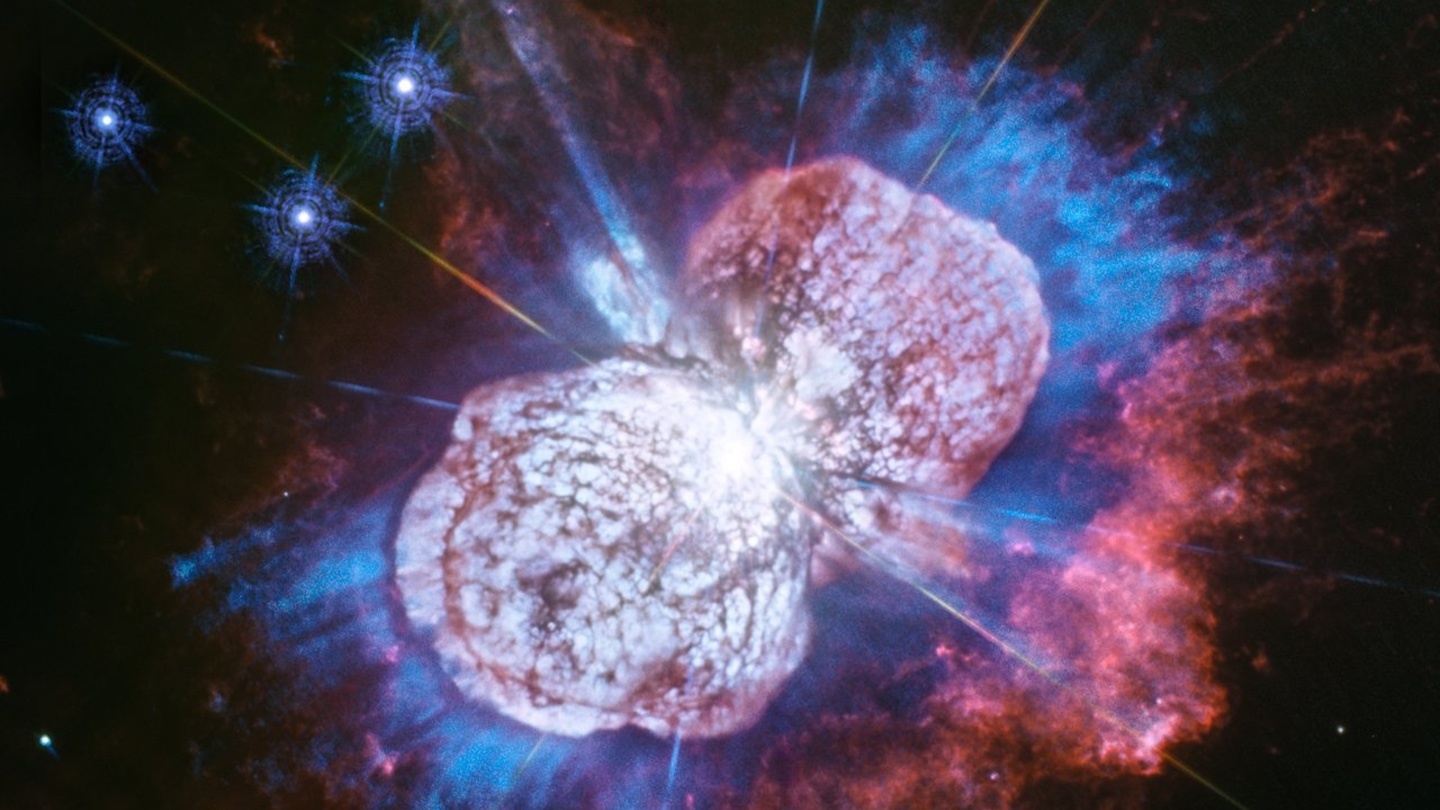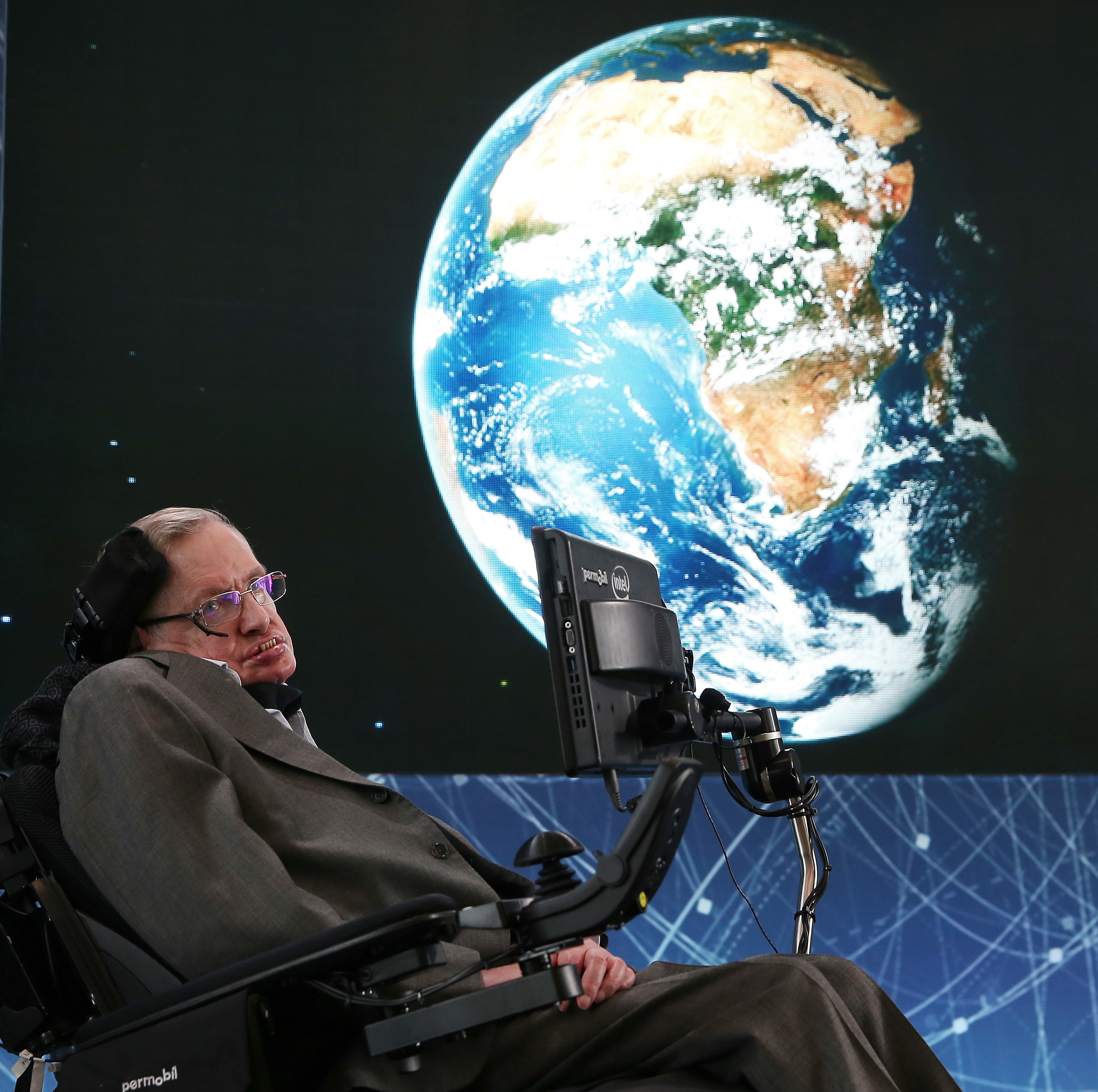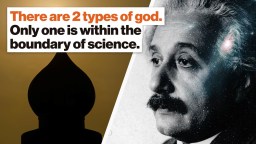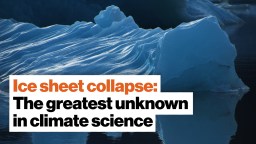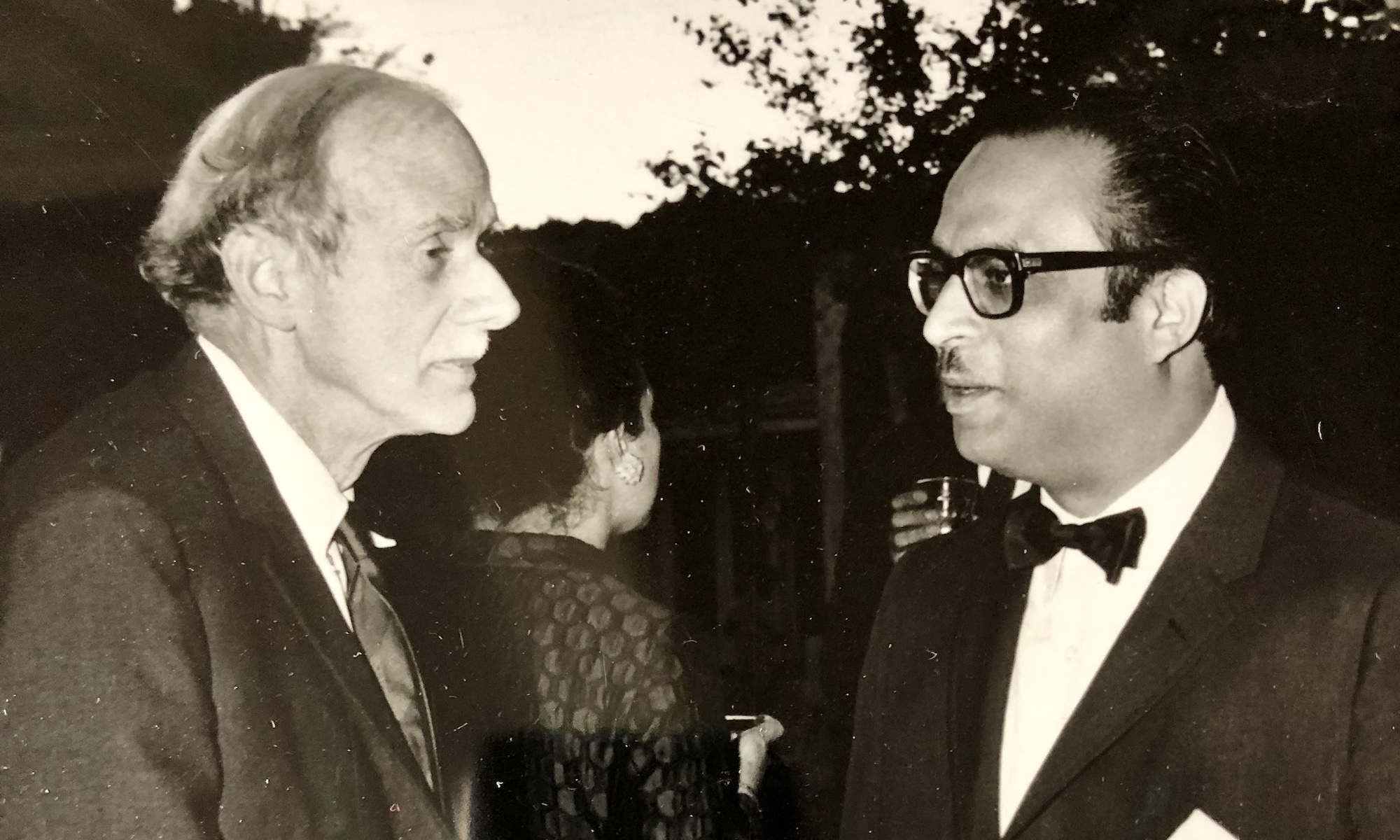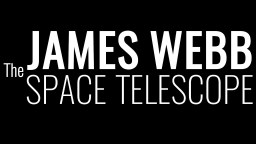Hard Science
All Stories
Designers from Luxembourg created a smart planter that can give anyone a green thumb.
Documentary explores astrobiology, astronauts, and the awe of it all.
▸
with
When it comes to lifelong conditions like autism spectrum disorder, we tend to be biased in a way that obscures reality.
Two Apollo 11 astronauts question NASA’s planetary safety procedures.
The latest phones have more than one million (1,048,576 to be exact) times more memory than the Apollo computer had in RAM.
July 16, 2019 marks the 50th anniversary of the mission that first landed a man on the Moon.
Going back to the moon will give us fresh insights about the creation of our solar system.
▸
6 min
—
with
Strangely, the sun showed no sunspots at the time the photo was taken.
She may not be ours forever.
“It is almost impossible to put into words the difference that Alan Turing made to society.”
What will it take to conquer our immemorial space dream?
Conspiracy theories about the event dating back to the 1970s are in fact more popular than ever.
The resistance movements may be more about identity than science.
Harvard engineers make a breakthrough polarization camera.
When it comes to theories of the universe, the Big Bang theory is almost accepted as a fact. However, it’s still uncertain, and some scientists believe that the universe didn’t began with a bang, but a bounce.
The more Greenland melts, the more Greenland melts. Here’s why.
▸
10 min
—
with
While the world considers future trips to Mars, two astrophysicists make a case for exploring asteroids.
Scientists discover how to predict megaquakes earlier to improve warning systems.
Apollo 11’s moon landing inspired many to reach for the impossible.
Hubble captures the afterglow of an epochal blast.
The recent photo of a black hole is something extraordinary. Here’s why.
▸
6 min
—
with
The Apollo 11 astronaut was recently awarded the Stephen Hawking Medal for Lifetime Achievement.
Does God exist? The answer rests outside the “normal” boundaries of science.
▸
3 min
—
with
Could 16 Psyche make every person on Earth a billionaire? The space mining race is heating up.
The ice sheets in Greenland and Antarctica are remnants of the ice age. They’re also the wild cards of climate science.
▸
5 min
—
with
The flying rotorcraft drone is set to land on Saturn’s largest moon in 2034.
ISS astronauts and NASA satellites capture amazing photos of the Raikoke volcano eruption.
Remembering a 1972 symposium gathering of the world’s greatest physicists.
An astrobiologist joins a like-minded global community in ramping up the search.
▸
with

